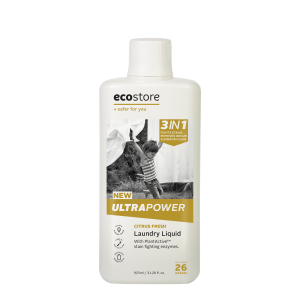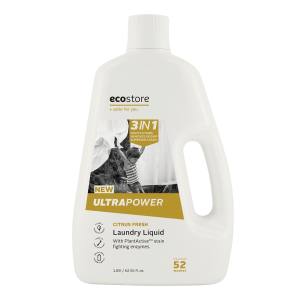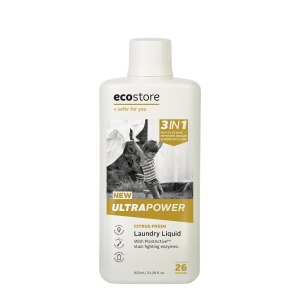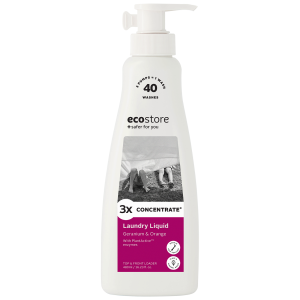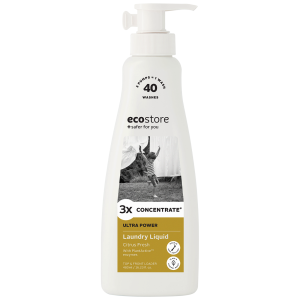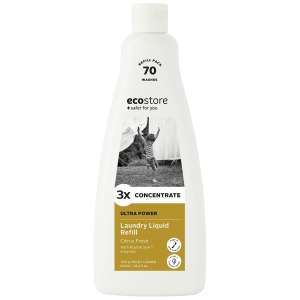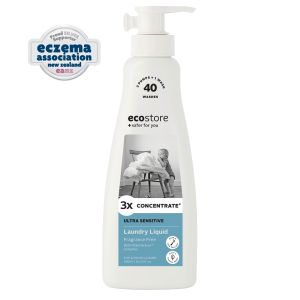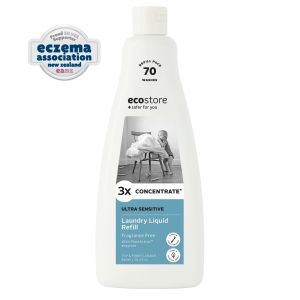Pectate Lyase

Pectate Lyase
Pectate lyases are a type of pectinase enzyme that can be used to target pectin-based stains from jams, fruit yoghurts, and other fruits and vegetables. We use these in some of our products to improve cleaning performance and efficiency.
Enzymes are a kind of protein that occur naturally in plants and humans, but have also been engineered for use in commercial cleaning products for many decades. Pectinases can be produced by fermentation of the bacteria Bacillus subtilis, and they work by speeding up chemical reactions. Pectate lyases are found in many plants, and play an important role in plant development and fruit ripening due to their interaction with pectins (sugars in the cell walls of plants). When used in cleaning products, they can help dissolve stains attached to clothes or dishes by converting them into substances that are more easily removed in the cleaning process.
Pectate lyases are effectively able to target pectin chains in common stains from fruit and vegetables, breaking them down into small fragments that are water-soluble and more readily rinsed off. Developments in enzyme production have led to increased activity at lower temperatures, improving detergent cleaning performance in cold water washes.
Regarding their safety profile, extensive testing in large scale human studies has shown no evidence of the ability of enzymes in cleaning products to induce skin sensitisation. The large molecular weight of enzymes suggest they would not be able to penetrate intact skin. Any contact with wash solutions is not linked to significant irritation or allergy and residues on fabrics are so low they are not known to materially contribute to any skin effects. The combined evidence of substantial research has been sufficient to establish a long history of safe consumer use of enzyme containing products.
Enzymes also have a good environmental profile - they're readily biodegradable and are inactivated to a large extent under washing or cleaning conditions, minimising their impact when they reach the environment. Using enzymes can improve cleaning performance, increasing efficiency and reducing the amount of water and other surfactants required.
Other names: Lyase, pectate
Chemical class: Proteins
Chemical structure depicted: Pectins
REFERENCES
Uluisik, S., & Seymour, G. B. (2020). Pectate lyases: Their role in plants and importance in fruit ripening. Food chemistry, 309, 125559. https://doi.org/10.1016/j.foodchem.2019.125559
Zheng Xueyun, Zhang Yimin, Liu Xiaoxiao, Li Cheng, Lin Ying, Liang Shuli. (2020). High-Level Expression and Biochemical Properties of A Thermo-Alkaline Pectate Lyase From Bacillus sp. RN1 in Pichia pastoris With Potential in Ramie Degumming. Frontiers in Bioengineering and Biotechnology, Vol 8. DOI 10.3389/fbioe.2020.00850. https://www.frontiersin.org/article/10.3389/fbioe.2020.00850
Basketter, D., Berg, N., Broekhuizen, C., Fieldsend, M., Kirkwood, S., Kluin, C., Mathieu, S., & Rodriguez, C. (2012). Enzymes in cleaning products: an overview of toxicological properties and risk assessment/management. Regulatory toxicology and pharmacology : RTP, 64(1), 117–123. https://doi.org/10.1016/j.yrtph.2012.06.016
HERA Human & Environmental Risk Assessment. (2005). Amylases, Cellulases and Lipases. Retrieved on November 26, 2021 from https://www.heraproject.com/files/38-F-Hera_Bridging_document_28.10.05.pdf
Basketter, D., English, J., Wakelin, S. and White, I. (2008), Enzymes, detergents and skin: facts and fantasies. British Journal of Dermatology, 158: 1177-1181. https://doi.org/10.1111/j.1365-2133.2008.08561.x
National Center for Biotechnology Information (2022). PubChem Compound Summary for CID 441476, Pectin. https://pubchem.ncbi.nlm.nih.gov/compound/Pectin.


